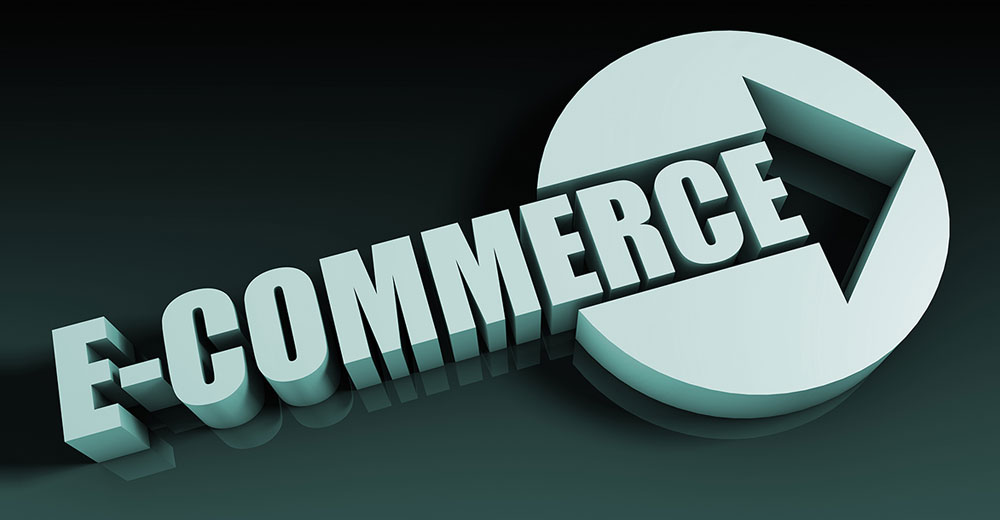An increasing number of consumer-packaged goods (CPG) companies are shifting to the direct-to-consumer (DTC) e-commerce model, thus bypassing retailers as middlemen.
As a result, brand manufacturers often find themselves competing with their traditional indirect distribution channels, which still remain important to their operations.
This raises questions about which e-commerce strategies manufacturers can utilize to meet customers’ needs without jeopardizing relationships with their retail distribution partners.
The E-Commerce Times spoke with several DTC experts to help shed some light on these issues.
DTC Catalysts
CPG manufacturers are facing pressures brought on by changes in the global economy. While 60 percent of consumer goods companies feel moderately prepared to capture e-commerce growth opportunities, many still question whether they should adopt DTC to remain competitive and how to do it.
Allan Peretz, president of retail consultancy Bold Strategies, noted that some big companies are becoming more active in the direct-to-consumer channel. For example, Pepsi launched two DTC websites for beverages and snacks — PantryShop.com and Snacks.com — to meet demand for at-home eating.
These publicized launches influenced other large brands, such as Procter & Gamble, to reiterate their focus on DTC last year. This trend next trickled down to SMBs.
“Then, because the big companies were talking about doing DTC, a lot of mid-sized companies and smaller companies also decided this was starting to become okay. Retailers started to accept it more as a result of these big companies taking the plunge,” Peretz observed.
Even before the pandemic forced the change, CPG manufacturers had begun to realize the need to explore new ways of reaching consumers directly so they could better control distribution, messaging, and pricing. The early adopters are now enjoying benefits.
Ted Pryor, managing director of Greenwich Harbor Partners, an executive recruiting firm, said that CPG companies have accelerated direct-to-consumer sales partly because of the Covid-19 pandemic and partly because of the rise of direct-to-consumer commerce. He highlighted that consumers want to be able to go online and easily buy their favorite staples, such as sodas, toilet paper, cleaning products, and diapers — and CPG brands have responded.
“This trend started with the dawn of e-commerce but has grown in the last ten years with the ubiquity of smartphones that make e-commerce so easy. CPG brands have gotten on board heavily during the last five years, and demand accelerated during the pandemic,” Pryor explained.
Controlling the Narrative
Phil Chang, founder of marketing consultancy firm retailPhil, told the E-Commerce Times that the Internet has changed the relationship between brands and retailers — and the old model — where the brick-and-mortar store was the focal point for the consumer, which allowed the retailer to be a gatekeeper.
“Manufacturers can now reach consumers directly, which allows them to do almost whatever they want and say whatever they want. So, they control the narrative. The retailer now becomes simply, in some cases, the transactional point and not the actual expert on the product,” he said.
CPG manufacturers are embracing DTC e-commerce to increase sales, increase margins, minimize dependence on retail partners, to access customers in new geographies, and improve customer engagement and loyalty.
“The Internet allows brands to [deliver] a better-customized experience and enables consumers to directly access brands online where you get the purest information,” Chang added.
Factors for DTC Success
For brands to make DTC investment and experimentation successful, a shift in thinking is required. DTC initiatives are unlikely to succeed if an organization treats it as a side project that involves setting up an online store without making changes to other aspects of the company.
Varun Sharma, CEO and cofounder of Laumire Gourmet Fruits, explained that manufacturers should adopt a DTC e-commerce mindset and ensure that the right processes and organizational structure are in place to scale and support DTC.
“Businesses that do well are the ones that have a clear roadmap of how they are going to be over the next couple of years. And having that digital mind frame of slowly converting and building a store with a 5-to-10-year vision is something which plays a very important role,” he told the E-Commerce Times.
Failure to develop the necessary foundations for DTC could be more damaging to a brand than not having an online store at all. This is because dissatisfied customers are normally quick to rush to social media to complain about bad experiences.
Sharma, whose fruit processing company is a direct-to-consumer brand, says his firm takes full responsibility of the DTC model. “If we mess up with one thing, we mess up the whole brand. Once you ruin an experience, a customer doesn’t come back to you,” he asserted.
A DTC business requires cooperation and input across divisions — including finance, sales, marketing, and operations — to ensure the across-the-board expertise and buy-in necessary to achieve success.
Another critical component is an advocate at the very top of the DTC company, e.g., a CEO or COO with the authority and ability to align employees in different divisions so they can collaborate on projects effectively.
Agile execution and continuous improvement are other important factors. Successful DTC players, like NatureBox and Dollar Shave Club, embrace a rapid test-and-learn approach. They make huge investments in advanced analytics and use the results not only to personalize their offers but also to predict consumer needs.
Balancing Distribution Channels
The obvious concern of the DTC model is the risk of damaging the relationship between brands and retailers.
Should brands direct their customers to their retail channel partners for order fulfillment instead of selling products directly to end customers? A delicate balance is needed for DTC e-commerce to be a win-win for brands and their retail channel partners.
“The growth of DTC has given retailers more power because they’ve got more brands to choose from and work with than they did in the past,” offered Bold Strategies’ Peretz.
Consumers of today demand personalization and convenience. To meet these consumer demands, CPG companies need to expand their long-established retail channels to reach consumers directly and learn more about their expectations, preferences, and tastes.
Implementing a DTC strategy, whether through setting up a branded online store or relying on third-party marketplaces, is key to staying competitive.
While a number of CPG companies have embraced the DTC online model to remain competitive and to counter threats of disrupters and competitors, many others are still exploring ways to reach consumers directly through digital channels.
According to Peretz, brands should start experimenting in DTC as soon as possible. “If they wait until they need to direct-to-consumer, they’re going to have a long learning curve, and it could be months or even years before they’re ready to launch. So, the biggest risk is waiting. Experimenting at a small scale is very inexpensive,” he advised.

















































Social Media
See all Social Media